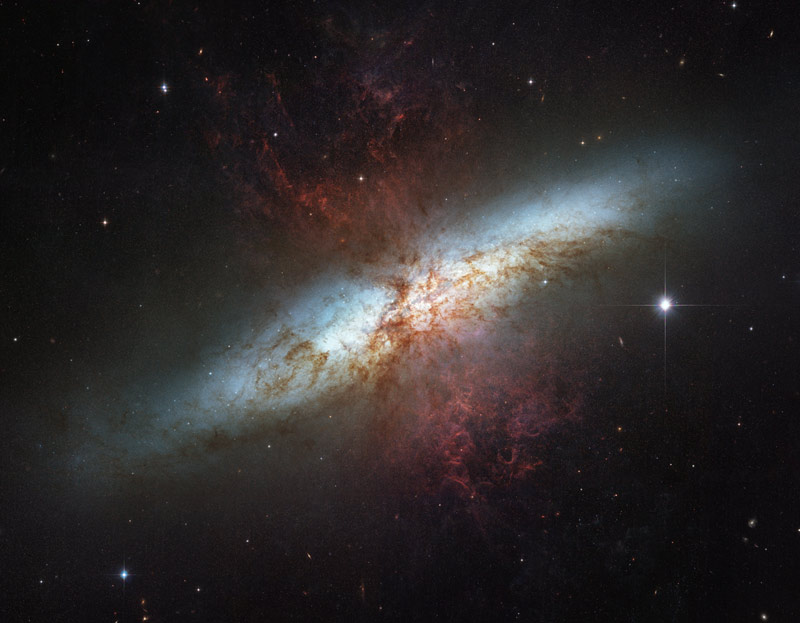A Younger Version of Our Solar System
By BellatrixNew information about a neighboring star has shed some light on our theories of solar system formation and given hope to terrestrial planet hunters. The near by star Epsilon Eridani has features very similar to our own solar system, it is however much younger than our own system, perhaps giving us a glimpse to how our solar system might have looked in its very early stages.
The star itself is about 10.5 light years away. It is the third brightest star seen with the naked eye. The star is a K2 spectral type star; it is slightly smaller and less massive than the sun. It is thought to be less than a billion years old, where our sun is close to 5 billion years old. Because of it’s young age it has a much higher level of magnetic activity than the sun and a stellar wind about 30 times as strong.
Recently, using the Spitzer Space Telescope, astronomers have identified two areas of rocky rings, or asteroid belts, just like our solar system. It has an inner asteroid belt at an equivalent distance from its star as our asteroid belt to the sun. An outer asteroid belt is also present at about the position where our Uranus is. This outer belt contains about 20 times more material than the inner belt. A third ring of icy materials is set out about 35 to 100 AU from the star, very similar to our Kuiper Belt but with about 100 times more material. This extra material makes sense, given the systems age. Our solar system is much older and thus has had more time for collisions to take place and either destroy material or send it out of orbit.
Spitzer also noticed large gaps in these rings. The most logical explanation for these gaps is the presence of planets. Astronomers predict at least three planets with masses between that of Neptune and Jupiter, and another possible smaller planet may lie near the innermost ring. These gaps and the closeness of this star, plus evidence from other planet hunting techniques such as observing radial velocities, makes this star high on the list of planet hunters trying to find earth like planets, and even possibly life. With all the similarities noticed thus far between the two systems, one might think it surprising not to find smaller rocky planets in the inner part of the system.
Studying this system is exciting ad enlightening for astronomers. Seeing that our solar system is not totally unique means that our theories about how solar systems for may not be completely off base. Also, studying this solar system more intensely may show us things about our early solar system we wouldn’t have otherwise known. As the resolving power of our telescopes improve new discoveries from this system should be something to watch out for.

